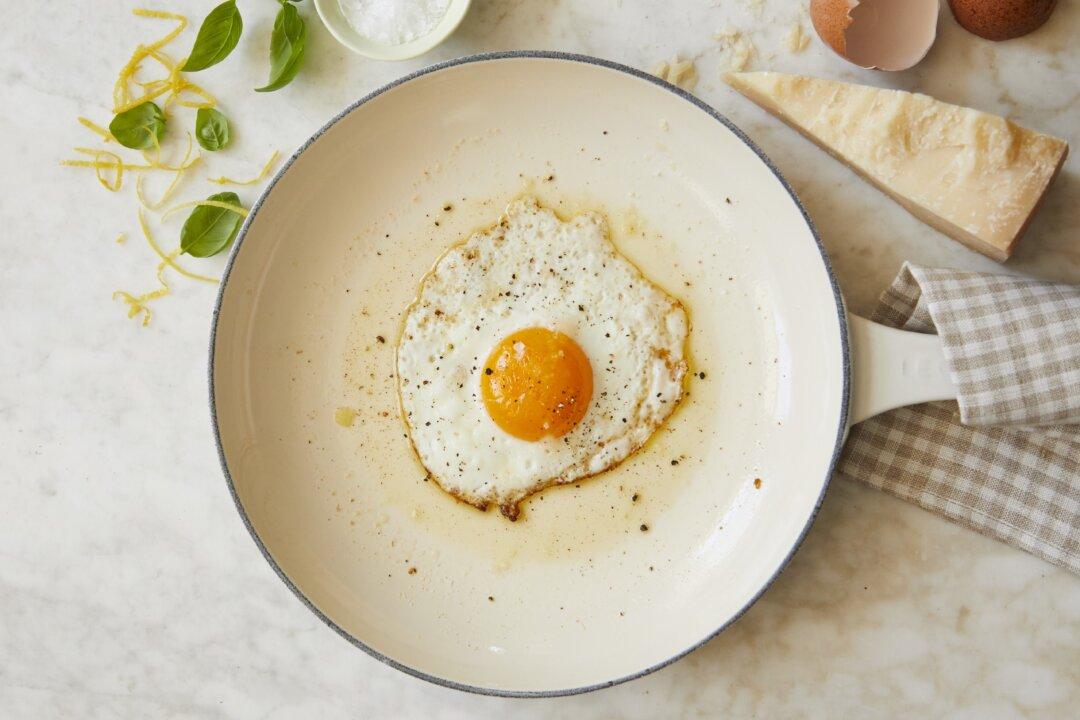Do you know how old the eggs you’re buying really are? The answer is hiding in plain sight on the carton. Lisa Steele, fifth-generation chicken keeper and author of “The Fresh Eggs Daily Cookbook,” shows us how to crack the code, and shares more expert tips for buying and cooking eggs.
Read the Carton
A simple three-digit code is printed on every egg carton. That code represents the day of the year on which the eggs were packaged. For example, a code of 001 is Jan. 1 and a code of 360 is Dec. 26.Be wary of labels such as “all-natural,” “farm-fresh,” and “free-range,” which “[don’t] really mean anything,” Steele warns. Even “cage-free” simply means the cages have been taken away, but the chickens likely still get that same amount of space. “Hormone-free” and “antibiotic-free” are also misleading, because chickens can’t be given hormones and generally aren’t given antibiotics in the first place.






